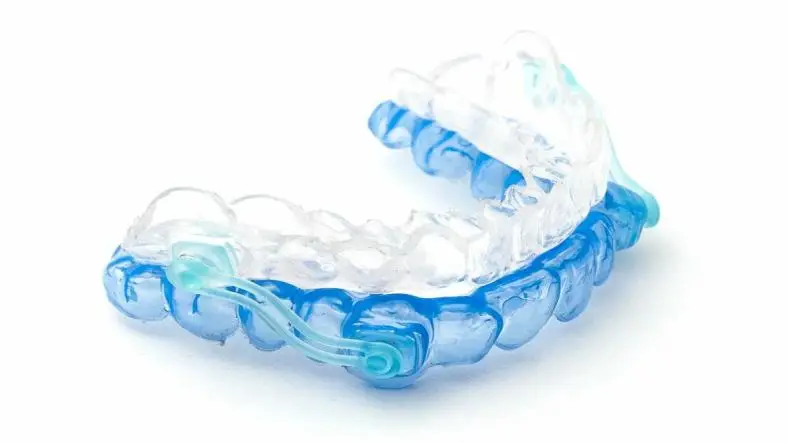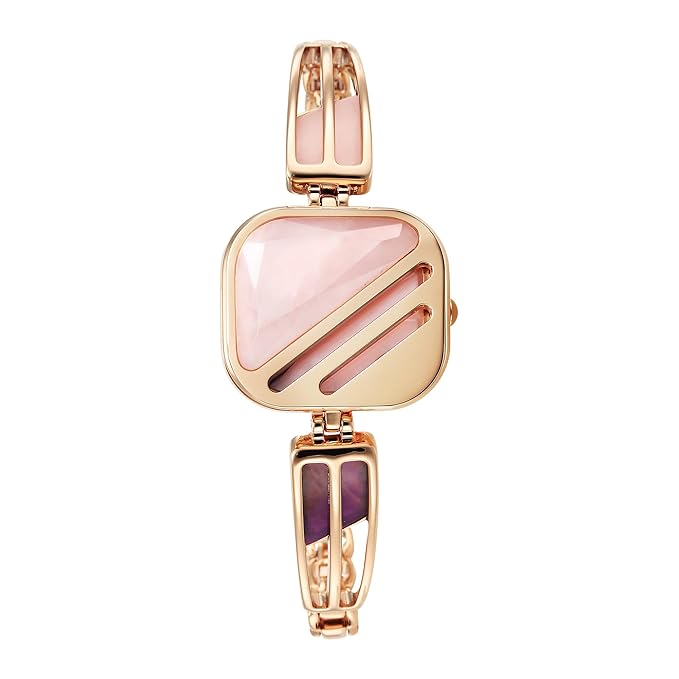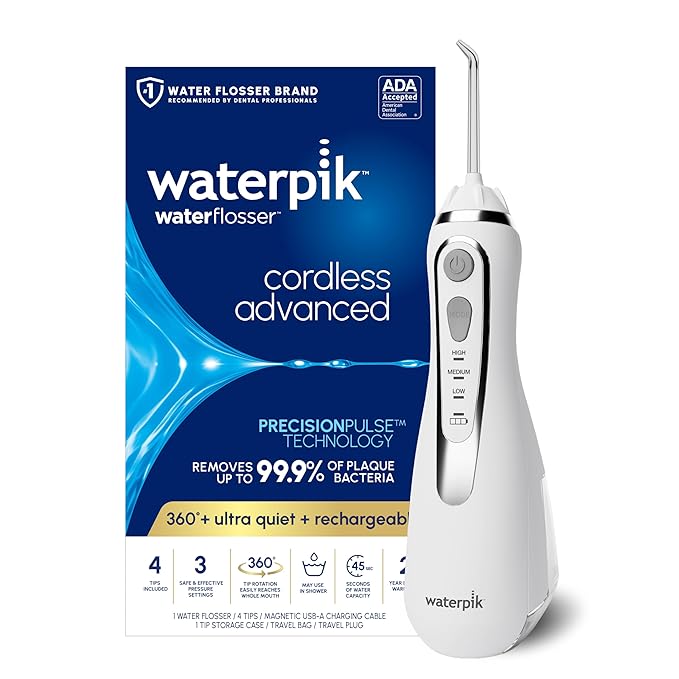Sleep apnea is a serious sleep disorder where breathing repeatedly stops and starts during sleep. The most common type is obstructive sleep apnea (OSA), which happens when throat muscles relax too much and block the airway. While CPAP therapy is a common treatment, dental treatments have become effective alternatives or additions.
Here’s a simplified guide to dental treatments for sleep apnea:
1. Oral Appliances
Oral appliances, also called dental devices or mandibular advancement devices (MADs), are used to treat obstructive sleep apnea by adjusting the position of the lower jaw and tongue to keep the airway open. They’re often recommended for people with mild to moderate sleep apnea or those who can’t use CPAP therapy.
- Oral appliances work by moving the lower jaw forward.
- This prevents the throat muscles and tissues from blocking the airway.
- By keeping the airway open, these devices improve airflow and reduce the number of breathing interruptions.
2. Types of Oral Appliances
- Mandibular Advancement Devices (MADs):
- MADs are the most common type of oral appliance.
- They push the lower jaw and tongue forward to stop airway blockages.
- These devices can be adjusted for a better fit and more comfort.
- Tongue Retaining Devices (TRDs):
- TRDs hold the tongue in a forward position to keep the airway open.
- They are less common and usually used for people who can’t use MADs or have specific mouth issues.
3. Benefits of Dental Treatments for Sleep Apnea
- Comfort and Portability:
- Oral appliances are generally more comfortable and less bulky than CPAP machines.
- They are also easy to carry, making them good for travel.
- Non-Invasive: Unlike CPAP therapy, which needs a mask and machine, oral appliances are non-invasive and don’t require extra equipment.
- Ease of Use:
- Dental devices are simple to use and adjust.
- They don’t need the setup and maintenance that CPAP machines do.
Google Ad 1
4. Eligibility and Suitability
- Mild to Moderate Sleep Apnea:
- Oral appliances work best for people with mild to moderate obstructive sleep apnea.
- For severe cases, CPAP therapy is usually the first choice.
- CPAP Intolerance: People who find CPAP therapy uncomfortable or difficult may benefit from oral appliances as an alternative.
- Consultation with a Specialist: It’s important to see a sleep specialist or dentist experienced in sleep medicine to see if an oral appliance is right for you.
5. Customization and Fit
- Personalized Fit:
- Oral appliances are custom-made to fit your mouth.
- A dentist will take impressions of your teeth to create a device that fits well and works effectively.
- Adjustment and Follow-Up:
- Regular follow-ups with your dentist are important to ensure the device stays effective and comfortable.
- Adjustments may be needed to improve its performance and address any issues.
6. Potential Side Effects and Considerations
- Discomfort:
- Some users might feel initial discomfort, like soreness in the teeth or jaws.
- This usually goes away as your mouth gets used to the device.
- Jaw Pain:
- Prolonged use might cause jaw pain.
- Report any problems to your dentist for necessary adjustments.
- Dental Health:
- Oral appliances can affect dental health, such as changing your bite or moving teeth.
- Regular dental check-ups are important to monitor and fix any issues.
Google Ad 2
7. Integration with Other Treatments
- Combination Therapy:
- Sometimes, oral appliances can be used along with CPAP therapy or other treatments.
- This combination can improve results and help with more complex cases.
- Lifestyle Modifications: Along with dental treatments, making lifestyle changes like managing weight, quitting smoking and avoiding alcohol can help improve sleep apnea symptoms and overall health.
8. Cost and Insurance Coverage
- Cost: Oral appliances generally cost less than CPAP machines, but prices can vary based on the type and complexity of the device.
- Insurance Coverage: Check with your insurance provider to see if oral appliances are covered. Coverage can vary and some plans might only cover part of the cost.
9. Long-Term Effectiveness
- Monitoring and Adjustment:
- Regular monitoring and adjustments are key to keeping oral appliances effective.
- Follow up with your dentist or sleep specialist to check how well the device is working and make any needed changes.
- Ongoing Evaluation: Periodic evaluations of your sleep apnea symptoms and overall health are important to make sure the oral appliance continues to meet your needs.
Dental treatments for sleep apnea, especially oral appliances, offer a valuable alternative or addition to CPAP therapy. They provide a comfortable, non-invasive way to manage obstructive sleep apnea, particularly for those with mild to moderate cases or who can’t use CPAP. Understanding the benefits, suitability and potential side effects of oral appliances can help you make informed decisions about your treatment.
Consulting a sleep specialist or a dentist experienced in sleep medicine is crucial for finding the best approach to manage sleep apnea effectively.
Thanks for reading the dentofacts article, for more such articles read our PeoplesBLOG.















